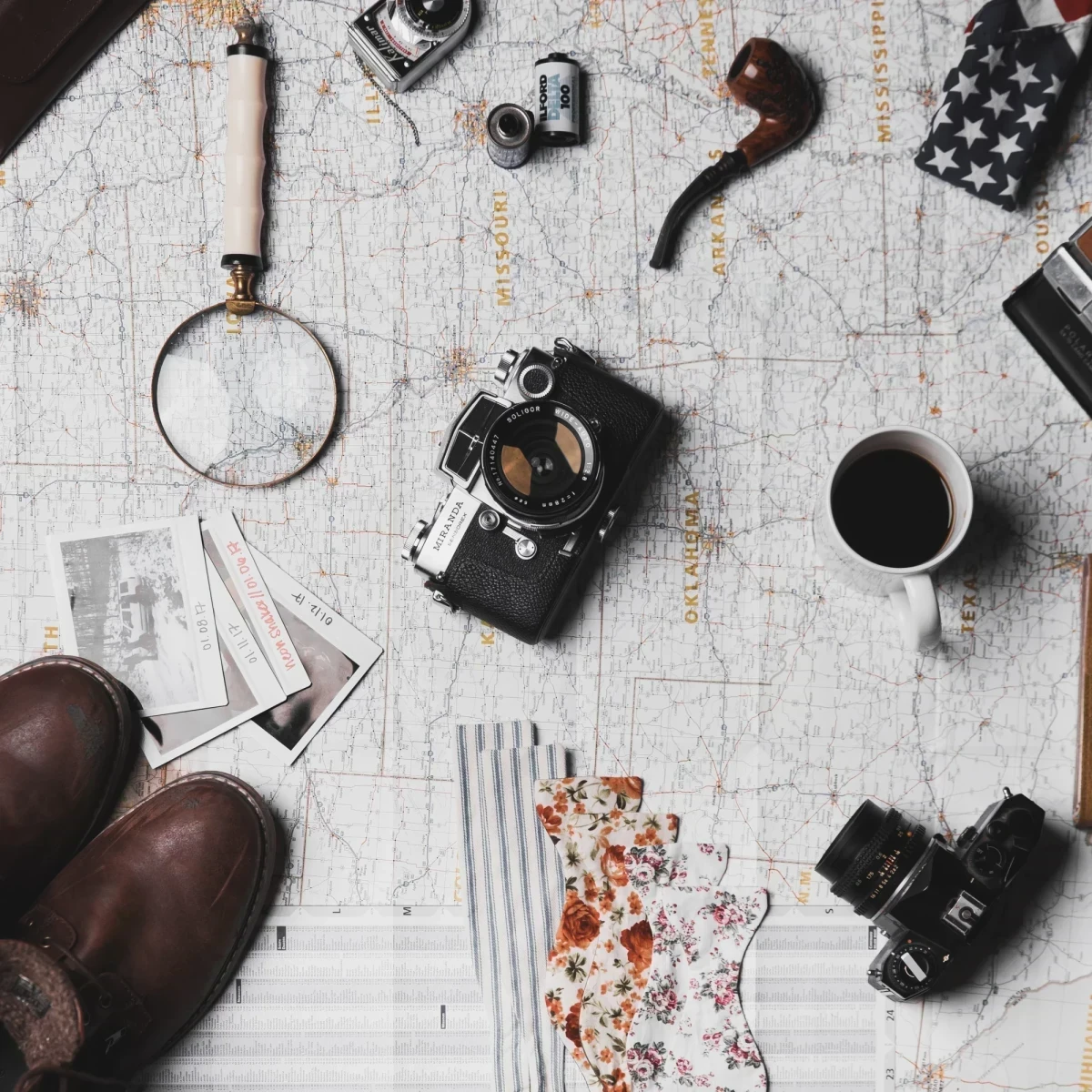In an age where smartphones snap AI-enhanced photos and mirrorless digital cameras boast incredibly high resolutions, one might wonder: Is there still room for analogue photography? Surprisingly, as technology rockets ahead, many are looking back, driving a renewed interest in film photography. Let’s explore this nostalgic trend and predict the future of analogue photography in our predominantly digital realm.
Analogue’s Unwavering Allure
While the rise of digital cameras simplified photography for many, it’s the complexity and unpredictability of film that continues to captivate. With film, photographers have to be more deliberate with each shot. Every click of the shutter is tangible, costing both money and a physical space on a finite roll of film.
The absence of instant playback compels photographers to immerse themselves in the moment. And then, there’s the thrill of developing—where images come to life in dark rooms, holding potential surprises, whether they be delightful accidents or a learned lesson in exposure.
Recent Trends in Film Photography
Several indicators show that film isn’t going away:
- Film Camera Revival: Companies like Nikon and Leica have reported stable, if not increasing, sales for their film camera lines.
- New Film Brands: While some established brands reduced their film production, new players have entered the market, offering various film types to enthusiastic photographers.
- Workshops & Courses: Many institutions and photographers are hosting film photography and darkroom technique workshops, witnessing rising enrollment.
The Digital Touch on Analogue
The digital revolution touches film photography in unexpected ways:
- Hybrid Techniques: Photographers often merge the best of both worlds by shooting on film and then digitizing negatives for digital post-processing.
- Online Communities: Websites, forums, and social media groups dedicated to analogue photography have sprung up, allowing enthusiasts to share, learn, and connect over their shared passion.
- Digital Tools for Film: Apps that emulate light meters or guide photographers on film development have become popular, making the analogue process more accessible.
Sustainability Concerns and the Film Industry
The film photography process, especially developing, involves chemicals that can be harmful to the environment. The resurgence of film has reignited discussions about sustainable and eco-friendly photography practices. Some brands are researching organic film materials, and eco-friendly development methods are gaining traction.
Future of Analogue in the Digital Age
While it’s unlikely that film will ever overshadow digital again in terms of popularity, it certainly has carved a niche for itself. Analogue photography, with its tangibility and rawness, offers an experience, not just an image. As more young photographers discover and explore film, and as the industry adapts to modern challenges, the art of film photography seems poised to thrive, coexisting harmoniously alongside its digital counterpart.
Conclusion
The renaissance of film photography serves as a poignant reminder: sometimes, in our quest for advancement, we find unmatched value in the past. In the rhythm of winding film rolls, the anticipation of development, and the grainy texture of a printed photo, we rediscover the pure, tactile joy of creating.


0 Comment